Of the mouth is the name for the body cavity and the associated soft tissues in the head. The mouth plays an important role as the initial part of the digestive tract. It also takes on functions in voice training and breathing.
What is the mouth

In humans, the "mouth" is called mouth designated. Functionally it is still a mouth, as with most animals. The mouth is primarily used for food intake, but also for communication, tasting and breathing.
Regular oral hygiene is advisable to avoid diseases of the mouth. Of course, this also includes daily dental care.
Common diseases in the oral cavity are inflammation of the oral mucosa, a burning sensation in the tongue and various dental diseases.
Anatomy & structure
The human mouth consists of the mouth gap enclosed by the lips, the oral vestibule and the oral cavity, which in addition to the floor of the mouth, the tongue and the roof of the mouth also contains the teeth.
The mouth gap is the front opening of the mouth that is enclosed by the two lips. It leads into the oral vestibule. The oral vestibule is the space between the lips or cheeks and the teeth. The ducts of the parotid, sublingual and mandibular salivary glands open into the oral vestibule. In addition to the many tiny glands in the oral mucosa, these three large glands are responsible for saliva formation.
The space within the rows of teeth is called the oral cavity. The oral cavity is delimited by the soft and hard palate, the muscles of the floor of the mouth between the two branches of the lower jaw, the pharynx and the incisors and canines. It is lined with mucous membrane, which is firmly attached to the periosteum at the tooth extensions of the upper and lower jaw. The oral mucous membrane forms the gums there.
The tongue takes up a large part of the oral cavity. The back of the tongue, the root of the tongue, is firmly attached to the floor of the mouth. The rest of the tongue moves freely and consists of the tongue body and tongue tip. In the middle of the underside of the tongue is the ligament that holds the tongue to the floor of the mouth.
The roof of the oral cavity and at the same time the floor of the nasal cavity form the palate. There are two parts: the hard and the soft palate. The hard palate forms the front part of the oral cavity and consists of extensions of the upper jawbone. The soft palate includes the back third of the palate. In its center is the so-called uvula.
Functions & tasks
A main function of the Mouth is the ingestion, chopping and digestion of food. The mouth is the first part of the digestive tract. By chewing in the mouth, the food is chopped up and made lubricious by the saliva so that it can be passed on through the esophagus to the stomach. The saliva also contains enzymes that break down starch and thus prepare the food for further digestion.
If a bite of food is well chewed, it is shaped by the tongue and pushed further towards the pharynx, from where it then enters the esophagus. The soft palate closes the nasal cavity from the throat and thus prevents liquids or chyme from entering the nasal cavity. The mouth also plays an important role in voice training. It is part of the so-called vocal tract (also called the attachment tube). The vocal tract is used for vocalization and is also the main resonance space of the head. All organs of the vocal tract, including the tongue, lips, teeth, palate, soft palate and uvula, are involved in voice formation.
The position of the tongue in particular determines the articulation. Another important function of the mouth is breathing. Normally, breathing occurs through the nose; during physical exertion or in diseases of the nasal tract, the mouth takes on this vital function. The air is sucked in through the mouth and then enters the lower airways, i.e. in the bronchi and lungs.
Illnesses & ailments
Diseases of Mouth are mostly caused by a weak immune system of the oral cavity. Changes in the oral flora in particular can lead to susceptibility to infection.
The result are, for example, so-called canker sores. Aphthae are painful, reddened inflammatory changes in the mucous membrane that are covered with a film and can become the size of a lens. They often appear in groups, but are usually harmless.
The herpes virus triggers oral rot, a painful inflammation of the oral mucosa that is accompanied by fever. This condition is more likely to occur in children and only rarely in adults. Fungi can also cause inflammation of the oral cavity. These so-called candidoses occur mainly in immune-compromised patients (e.g. HIV infection or after chemotherapy).
Malignant tumors that occur in the area of the mouth are known as carcinoma of the oral cavity. Almost half of these oral carcinomas are localized in the floor of the mouth. Malignant tumors of the mouth are the 6th most common cancer worldwide.
You can find your medication here
➔ Toothache medication

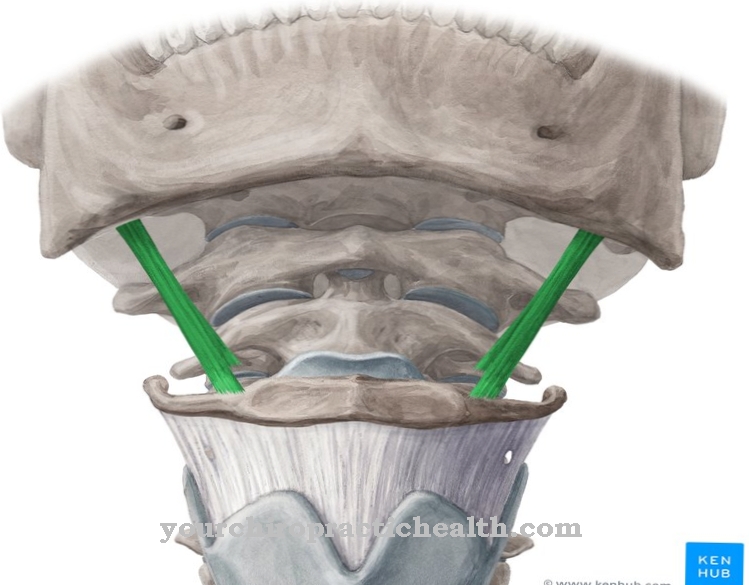
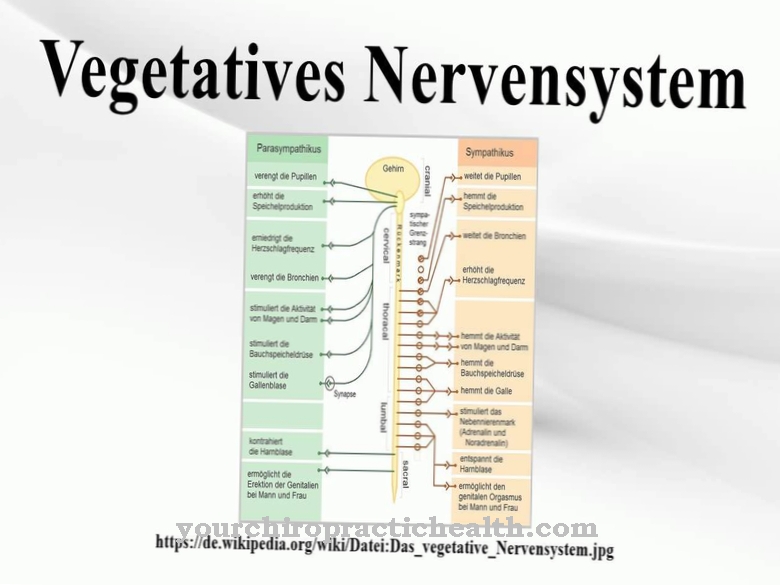

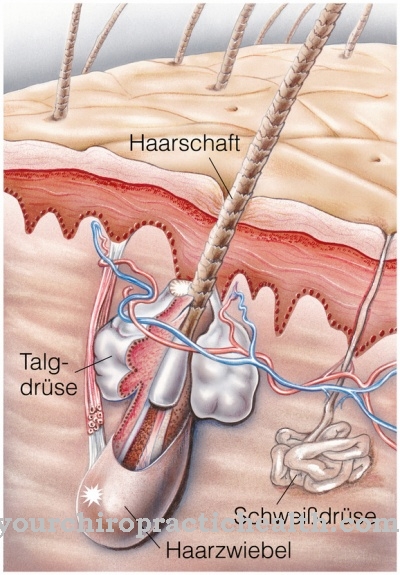
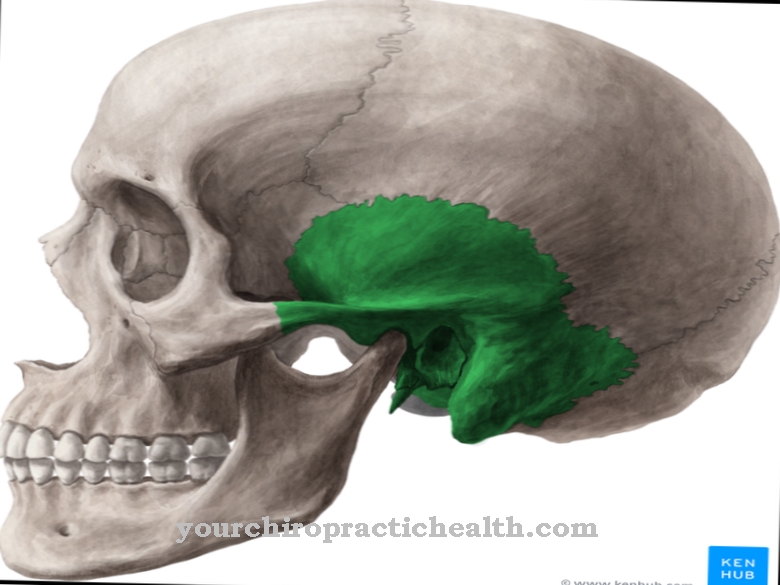
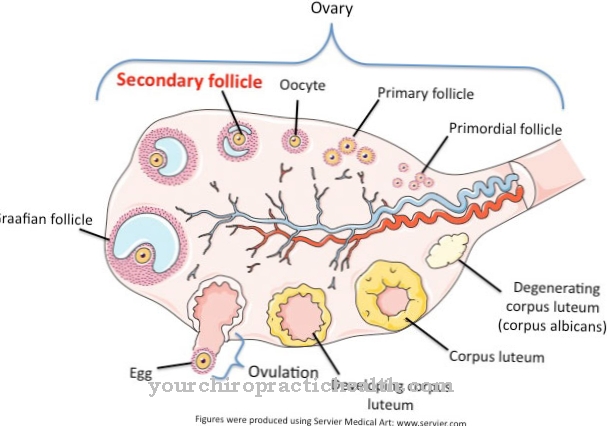






.jpg)

.jpg)
.jpg)











.jpg)